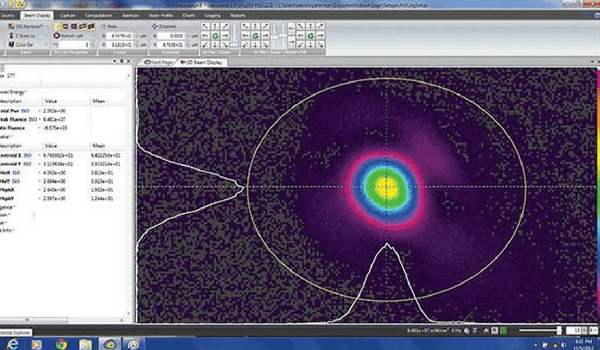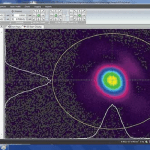How we found the right beam profiling solution for a nuclear-powered US Army submarine
This case study follows the journey of the Ophir team, as they worked tirelessly to find the right beam profiling solution for a nuclear-powered submarine.
You’ll find out the winning combination of technologies, tools, and techniques that were used to carry out this challenging task.
The US Army embraces emerging technologies – and so, the Ophir team ended up looking into laser measurements for a laser in the periscope of a 6800 ton, nuclear-powered submarine.
Of course, as with any military application, there are strict requirements to meet. In this case, the laser had to be extremely accurate.
As you can imagine, there are few things more challenging than ensuring high laser accuracy on a moving, underwater vehicle.
This laser operates in conditions with limited inputs – GPS data, and the influence of gravity on its orientation and alignment.
As a result, the quality of the laser beam – and its shape, size, and intensity – all become critical – and beam alignment must be measured with extremely high accuracy.
Finding the right instrumentation for these measurements wasn’t easy!
After several attempts, the Ophir team discovered a winning combination – Ophir-Spiricon BeamGage software, together with the Spiricon SP300 – a high-speed, high-resolution USB3 CCD camera.
Three key measurements were taken – a baseline source beam measurement, the beam’s ellipticity, and the laser source’s Gaussian Fit.
Next, these measurements were repeated at greater distances from the source, to calculate changes, and see if these changes were within tolerance. This method allowed them to capture both qualitative and quantitative differences, so the source could be improved and adjusted.
The beam profiling software proved itself vital for capturing the measurements and images needed. This data was used to identify the critical variables, from both the laser source and the final assembly, which would have an impact on the system.
With the right technologies, techniques, and tools – the team was able to ensure maximum laser system performance for this challenging underwater military application.
Take a look at the original case study – where you’ll see some of the measurements captured, in their graphical form.












Leave a Reply
Your email address will not be published. Required fields are marked *